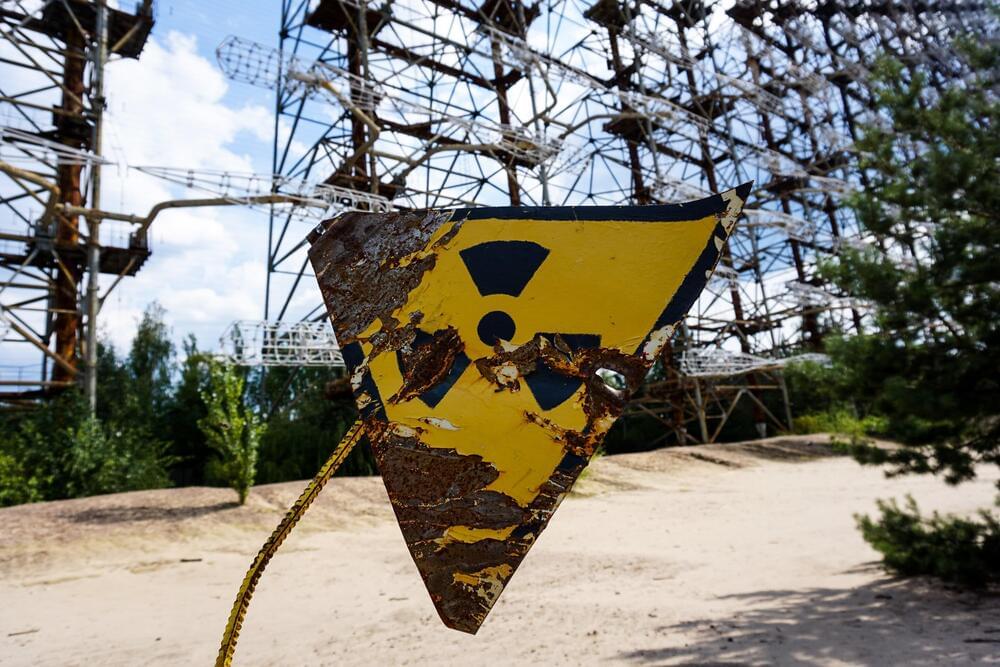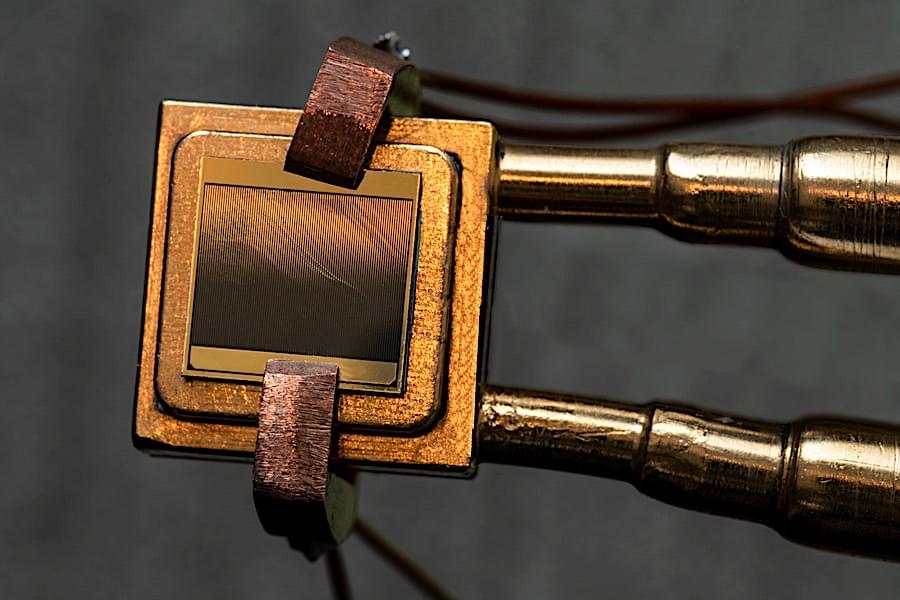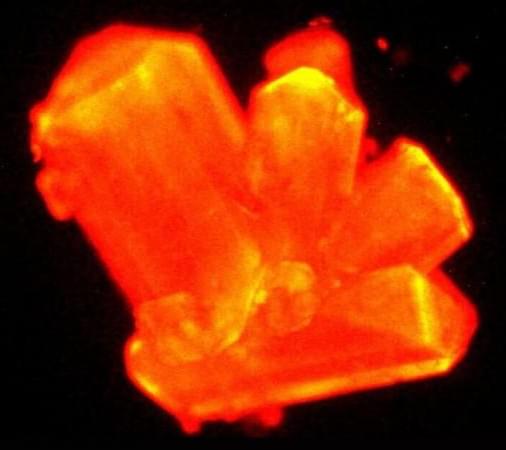
Category: nuclear energy – Page 82


Russia’s Attack on Ukraine is Making Everything on this Planet Worse
James McCall SpringerHmmm… So quantum computing systems aren’t close to being perfected BUT they’re being used for ransomware attacks?
Is “bleepingcomouter” a bs sensationalist media producer like Futurism?
Len Rosen shared a link.
The “special operation” as Russia calls it has come with a threat of nuclear war, and consequences for food and energy security for many.

Nuclear expert cautions against unfamiliar new nuclear age
High-tech advances in weapons technologies and a return of ‘great power nuclear politics’, risk the world ‘sleepwalking’ into a nuclear age vastly different from the established order of the Cold War, according to new research undertaken at the University of Leicester.
Andrew Futter, Professor of International Politics at the University of Leicester, makes the warning in a research paper for the Hiroshima Organization for Global Peace (HOPe), published today (Friday).
While stockpiles are much reduced from the peak of up to 70,000 nuclear weapons seen in the 1980s, progress in a number of new or ‘disruptive’ technologies threatens to fundamentally change the central pillars on which nuclear order, stability and risk reduction are based.
Scientists Turn Nuclear Waste Into Diamond Batteries That Could Last For Thousands Of Years
Crossrail, or the Elizabeth Line, is set to revolutionize London transport, with high-speed trains running from east to west underneath the UK capital.

Thermophotovoltaic “Heat Engine” Design Could Change the Future of Power Grids
There are so many paths we humans are running down in our chase for a greener future it’s extremely hard to keep track of everything. The auto industry is trying to go electric, either by means of batteries or hydrogen, the aviation industry is going for biofuels, while energy production and storage, well, this one is all over the place, betting on anything from the sun to the wind and nuclear.
We Went Inside the Largest Nuclear Fusion Reactor
This could be the most important construction project of our lifetimes. See how digital tools are enabling the ITER project — https://bit.ly/3KGfiF8
Full story here — https://theb1m.com/video/inside-iter-worlds-largest-nuclear-fusion-reactor.
This video contains paid promotion for Thinkproject. See how ITER’s teams are using Thinkproject’s tools to stay on track — https://bit.ly/3KGfiF8
Presenter and Narrator — Fred Mills.
Producer — Jaden Urbi.
Video Editing — Aaron Wood.
Graphics — Vince North.
Content Partnership — Liam Marsh.
Executive Producers — Fred Mills, James Durkin and Graham MacAree.
Special thanks to ITER. Additional footage and images courtesy of ITER, WGBH and Reagan Library.
Go Behind The B1M. Click “JOIN” here — https://bit.ly/2Ru3M6O

Squeezing Heavy Elements Between Diamonds Might Help Recycle Nuclear Waste
2020 One of the heaviest known elements can be modified more than scientists thought — possibly opening the door to new ways of recycling nuclear fuel and enhanced long-term storage of radioactive elements — according to a recent study published in the journal Nature.
Squeezing heavy elements between diamonds might open doors for recycling nuclear waste.

CDF collaboration at Fermilab announces most precise ever measurement of W boson mass to be in tension with the Standard Model
The discovery changes our understanding of everything. The world of physics may have been turned on its head.
“While this is an intriguing result, the measurement needs to be confirmed by another experiment before it can be interpreted fully,” said Fermilab Deputy Director Joe Lykken.
The W boson is a messenger particle of the weak nuclear force. It is responsible for the nuclear processes that make the sun shine and particles decay. Using high-energy particle collisions produced by the Tevatron collider at Fermilab, the CDF collaboration collected huge amounts of data containing W bosons from 1985 to 2011.
CDF physicist Chris Hays of the University of Oxford said, “The CDF measurement was performed over the course of many years, with the measured value hidden from the analyzers until the procedures were fully scrutinized. When we uncovered the value, it was a surprise.”

Oxford spinoff demonstrates world-first hypersonic “projectile fusion”
Oxford spinoff First Light Fusion says its novel “projectile” approach offers “the fastest, simplest and cheapest route to commercial fusion power.” The company is now celebrating a significant breakthrough with its first confirmed fusion reaction.
The nuclear fusion space is heating up, if you’ll pardon the pun, as the world orients itself toward a clean energy future. Where current nuclear power plants release energy by splitting atoms in fission reactions, fusion reactors will release energy in the same way the Sun does – by smashing atoms together so hard and so fast that they fuse into higher elements.
Most of the big tokamak and stellarator-based fusion projects in progress now intend to create monstrously high temperatures, higher than in the core of the Sun, in magnetically confined plasma, hoping to get those atoms moving fast enough to overcome the powerful repulsion between two nuclei.